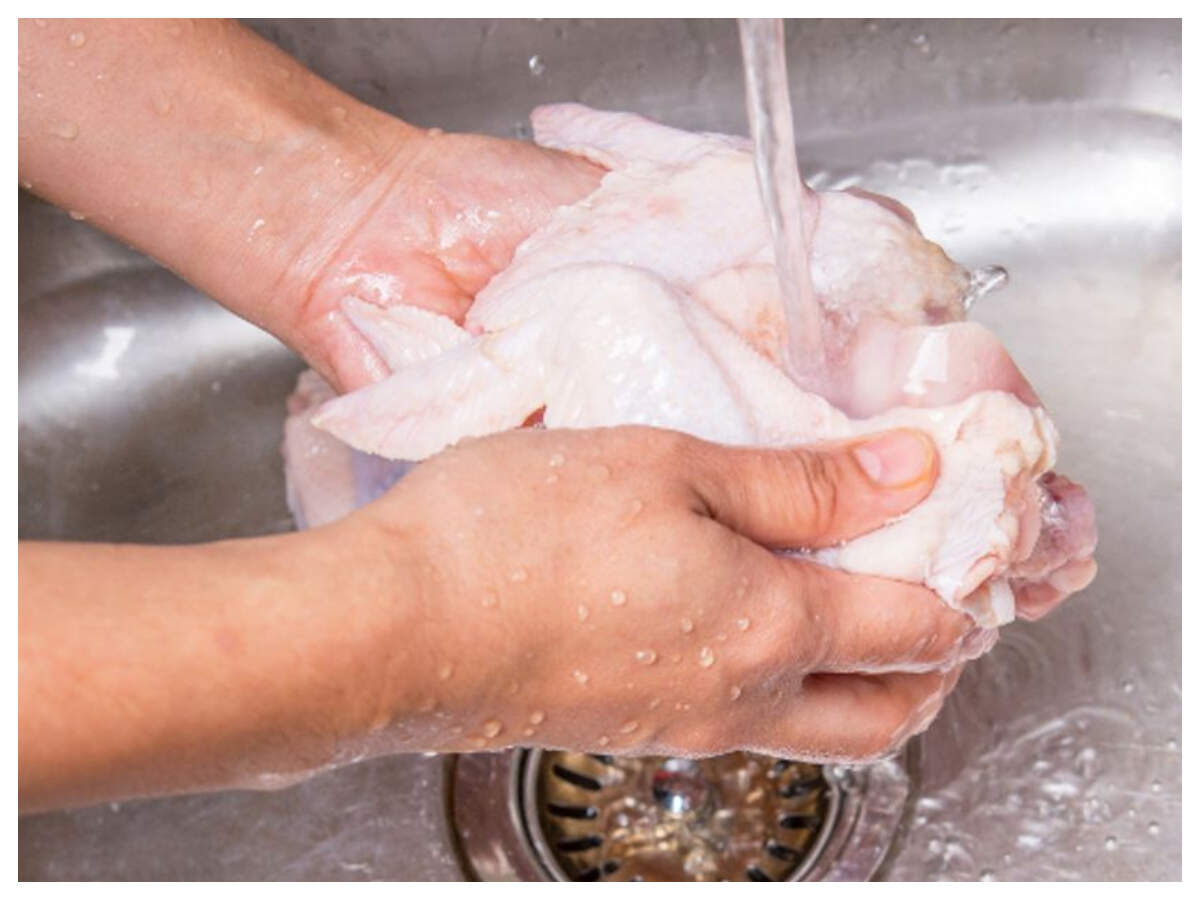
Coimbatore: Three power loom weavers from Ellapalayam near Annur on the outskirts of the city have been booked for making cotton sarees that are reserved to be produced by handloom.
According to police, R Ponnusamy, 40, P Maheswaran, 39, and K Rangaran, 40, were booked on Tuesday under the Handlooms (reservation of articles for product) Act, 1985, based on a complaint lodged by assistant enforcement officer of the Act in Tirupur district.
They were involved in making 100% cotton saris, which are reserved for handlooms.
“To protect the handloom weaving techniques, as many 11 combinations of products are reserved to be weaved only with handlooms. Those who produce such products with power looms would be booked under the Act,” said an enforcement officer, who didn’t want to be named. Violators would invite a penalty up to Rs5,000 or six months imprisonment, or both.
Pointing out that the handloom weaving was already facing extinction and the number of handloom weavers has been coming down, the official said the Act was being enforced seriously to protect the technique from extinction. While the official said such violations were taking place very rarely in the region, handloom weavers said 90% of the power loom weavers was in the production of reserved articles.
“Since 1985, only around 130 power loom weavers have been booked for violating the Act and it could be blamed on lack of action by the enforcement officers. Most of the power loom and mixed units are involved in the production of products reserved for handloom sector,” said Vagai R Shivakumar, of Tamil Nadu Handloom Weavers’ Federation.
He said by producing reserved products in power looms and selling them as handloom products, weavers were making huge profits. “Handloom products are costlier than the power loom products. While it takes about three days to produce a saree with handloom, three sarees could be produced in a single day with power loom.”
He said the trend was widely seen in the western region and attributed it to the continuous flow of migrant labourers. “There is no labour shortage in the western region, where an increasing number of power loom weavers are producing handloom products compared to the southern parts of the state.”
Shivakumar said power loom products were being sold as handloom products even at many reputed shops and it was difficult for a common man to make out the difference.
Power loom weavers, however, questioned the relevance of the existing Act. “The Act was framed in 1985 and over a period of time the number of power loom weavers has multiplied, while the number of handloom weavers has come down drastically. How could the government implement the same Act even today when there is a visible difference in the society,” asked C Palanisami, president of Powerloom Weavers’ Association.
He said only two lakh handloom weavers were in the country and wondered how they could meet the increasing demand for the products. “With the existing number of handloom weavers, it is impossible to weave the required number of products, the demand for which is on the rise.” He urged the government to revise the Act taking the prevailing situation into account.
According to police, R Ponnusamy, 40, P Maheswaran, 39, and K Rangaran, 40, were booked on Tuesday under the Handlooms (reservation of articles for product) Act, 1985, based on a complaint lodged by assistant enforcement officer of the Act in Tirupur district.
They were involved in making 100% cotton saris, which are reserved for handlooms.
“To protect the handloom weaving techniques, as many 11 combinations of products are reserved to be weaved only with handlooms. Those who produce such products with power looms would be booked under the Act,” said an enforcement officer, who didn’t want to be named. Violators would invite a penalty up to Rs5,000 or six months imprisonment, or both.
Pointing out that the handloom weaving was already facing extinction and the number of handloom weavers has been coming down, the official said the Act was being enforced seriously to protect the technique from extinction. While the official said such violations were taking place very rarely in the region, handloom weavers said 90% of the power loom weavers was in the production of reserved articles.
“Since 1985, only around 130 power loom weavers have been booked for violating the Act and it could be blamed on lack of action by the enforcement officers. Most of the power loom and mixed units are involved in the production of products reserved for handloom sector,” said Vagai R Shivakumar, of Tamil Nadu Handloom Weavers’ Federation.
He said by producing reserved products in power looms and selling them as handloom products, weavers were making huge profits. “Handloom products are costlier than the power loom products. While it takes about three days to produce a saree with handloom, three sarees could be produced in a single day with power loom.”
He said the trend was widely seen in the western region and attributed it to the continuous flow of migrant labourers. “There is no labour shortage in the western region, where an increasing number of power loom weavers are producing handloom products compared to the southern parts of the state.”
Shivakumar said power loom products were being sold as handloom products even at many reputed shops and it was difficult for a common man to make out the difference.
Power loom weavers, however, questioned the relevance of the existing Act. “The Act was framed in 1985 and over a period of time the number of power loom weavers has multiplied, while the number of handloom weavers has come down drastically. How could the government implement the same Act even today when there is a visible difference in the society,” asked C Palanisami, president of Powerloom Weavers’ Association.
He said only two lakh handloom weavers were in the country and wondered how they could meet the increasing demand for the products. “With the existing number of handloom weavers, it is impossible to weave the required number of products, the demand for which is on the rise.” He urged the government to revise the Act taking the prevailing situation into account.
Elections 2019
Trending Topics
LATEST VIDEOS
More from TOI
Navbharat Times
Featured Today in Travel
Quick Links
Lok Sabha Election Schedule 2019Lok Sabha Election NewsDelhi Capitals teamMI team 2019Rajasthan Royals 2019RCB team 2019Maharashtra Lok Sabha ConstituenciesBJP Candidate ListBJP List 2019 TamilnaduShiv Sena List 2019AP BJP List 2019Mamata BanerjeeBJP List 2019 MaharashtraPriyanka GandhiBJP List 2019 KarnatakaAMMK Candidate List 2019BJP List 2019 WBLok Sabha Elections in Tamil NaduBSP List 2019 UPNews in TamilLok Sabha Poll 2019Satta Matka 2018PM ModiMahagathbandhanNagpur BJP Candidate ListChandrababu NaiduTamil Nadu ElectionsUrmila MatondkarNews in TeluguMadras High CourtTejashwi YadavArvind KejriwalTejasvi SuryaPawan KalyanArvind KejriwalYogi AdityanathJaya PradaSatta King 2019Srinagar encounter
Get the app







